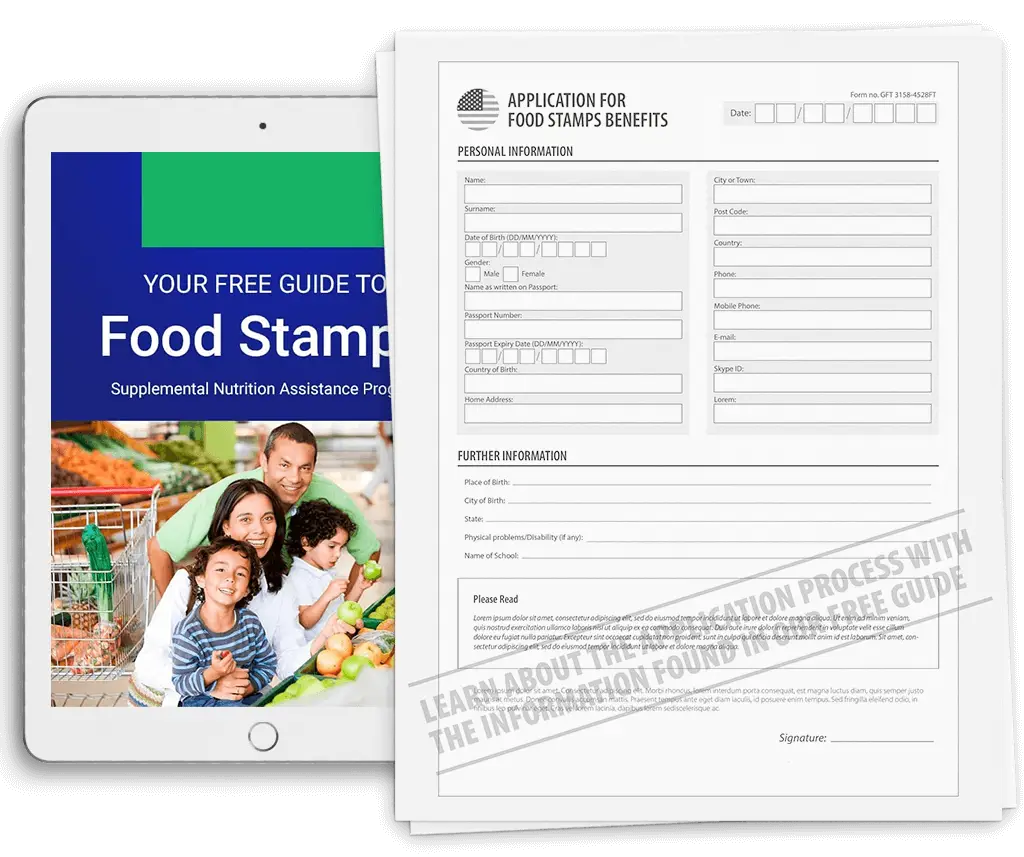To apply for the Supplemental Nutrition Assistance Program (SNAP) you need to complete and submit your food stamps application. Each state has different methods for applying for food stamps, which could include online applications, mailing paper applications or visiting the local office in person to turn them in. To get food stamps, you need to share personal information about your household, including expenses and income. Before trying to complete an online food stamps application or a paper application, make sure you check all your household’s financials and get ready to answer questions about your monthly bills and earnings. To apply for food stamps in the U.S., you need to also do an interview with an office representative to check the details you gave on your application. If you want more information on how to apply for SNAP, download our guide. You can also take a look at the sections below to get a better sense of the food stamps application process.
Discover How to Fill out the SNAP Application
The food stamps application and questions can be slightly different depending on the state. During the application process, your application can be combined with your applications for other government assistance programs. Some states will ask you to fill out a specific SNAP-only application that cannot be used for other programs. Online and paper applications for food stamps will ask you to give detailed information on your household, including how much money each member makes every month, what resources each of them has and the expenses they have. You will also need to give information and proof of citizenship and residency status.
Find Out What to Expect From the SNAP Interview
Once you turn in your food stamps application to an agency or office, a representative will contact you to arrange your SNAP interview, which can be done in person or by phone, depending on that specific agency’s rules. Before you get food stamps benefits, the representative needs to check the information in the application and ask you any questions to clear up any contradictions. Once the application is in, you may need to bring documents to verify what you stated in your application. You will be notified by mail once the application process is done to know if you have been accepted or denied.
